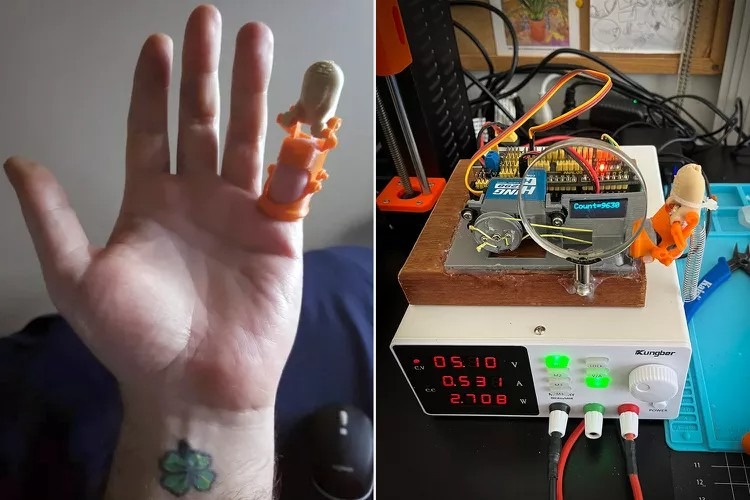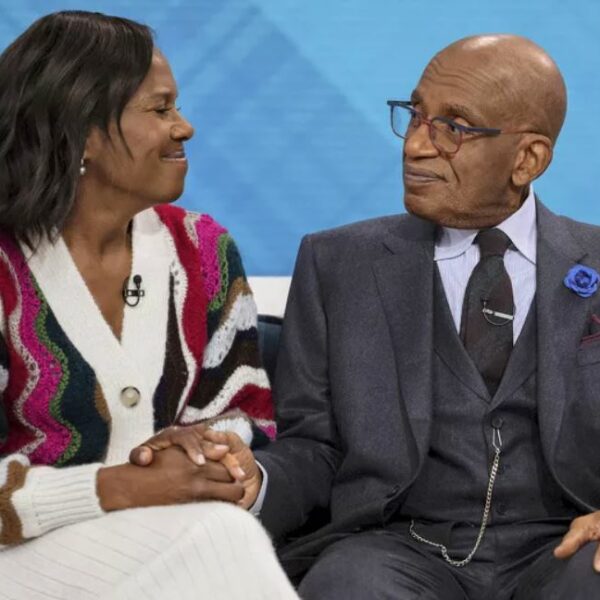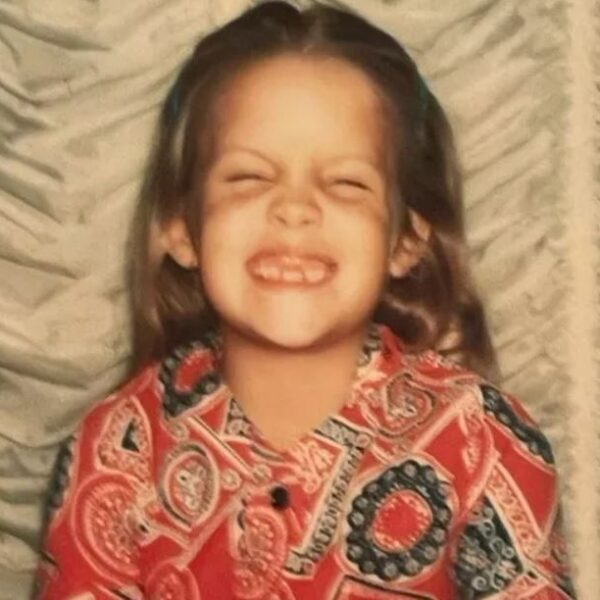Adam Cutshall was at home in Lincoln, Nebraska, creating a mini golf course for his son when he lost part of his pinky finger due to a slip with his power tools.
“I was inebriated, which wasn’t unusual for me till late. Power tools and alcohol don’t mix well,” he says of the accident, which happened in his mid-20s.
After years of being denied insurance coverage for a prosthetic and incurring out-of-pocket payments of up to $20,000, Cutshall, now 47, concluded that social media could help him.
It wasn’t until a kind stranger, Paul Hodara, stepped in and promised to make a 3D-printed prosthetic for him that Cutshall could reclaim his life, which he described as a “really selfless deed.”

“I never expected to discover someone as talented and loving as Paul when I explored Reddit for help,” Cutshall adds. “I was blown away when he stated he would take on the job for free; I had a chance to see some of his earlier work, and I felt like Tony Stark was creating my digit.”
Hodara, 69, of New York City, became interested in 3D printing in 2020, a hobby he says kept him occupied during the COVID-19 pandemic. He joined Reddit to learn more about 3D printing and modeling, but in November 2022, he stumbled across Cutshall’s request.
“I’m an amputee, and I don’t have insurance that will pay a prosthesis. Would someone print one for me?” Hodara said. “I felt this would be an intriguing project for me to get involved in since I enjoy helping others, and I told him, ‘I have no background in prosthetics or medical background, but I’ll give it a shot.’”
Hodara spent the next three months customizing a prosthetic for Cutshall that would not only wholly fit the curve of his finger but also be durable enough to last for years.
“We proceeded on a journey together, building a new model, sending him modifications every week, and having him provide feedback on those revisions,” he continues, “until we got to a stage where we had a prototype that worked well for him.”
Hodara claims that he and Cutshall collaborated effectively and that after roughly 20 prototypes, they decided on the final version. Cutshall claims that constructing the prosthetic was free of charge for him, acknowledging that the endeavor was for his personal learning experience because he knew it might aid others.
After over two decades without his finger, Cutshall is amazed at what he can achieve with the new prosthetic.
“I can type again, and I can do other things I used to take for granted,” Cutshall claimed. “But basically, it’s made me entire; 25 years of not feeling complete affects a person. It’s one of the nicest things anyone has done for me, and I promise to pay it forward, and I have begun to do so.”
Hodara says he became emotional when Cutshall praised him for his thoughtful gesture.
“Around a month and a half ago, he remarked, ‘It fits beautifully, I can curl my finger,’ and he made a few statements that made me cry,” Hodara adds. “I mean, he said that was the first time he’d been able to curl his finger in 15 years, and hearing that from him was amazing.”

Hodara now says that 3D printing has much potential. He has continued his work by collaborating with companies to “develop assistive equipment for handicapped persons that will make their life simpler and do it very affordably.”
“This is all for charity,” he assures. “But, I believe it is unfair for those who do not have medical insurance and do not have deep pockets to be unable to acquire medical items that they require to improve their lives.”
“I don’t think there’s anything wrong with the medical sector,” Hodara says, “but I think there are alternatives now, and 3D printing is going to open up new avenues for delivering affordable equipment to the market.”


